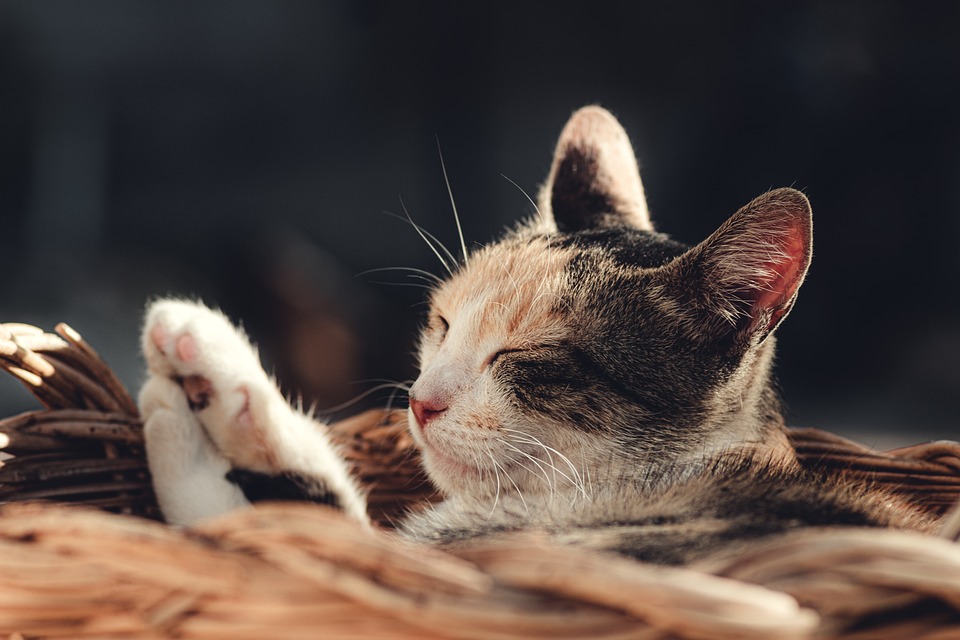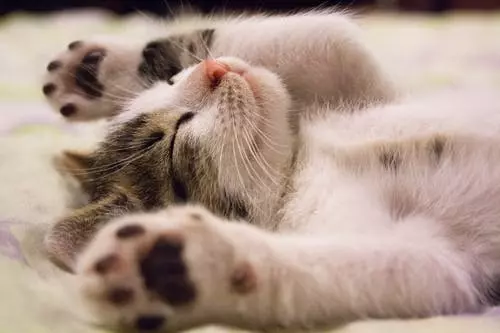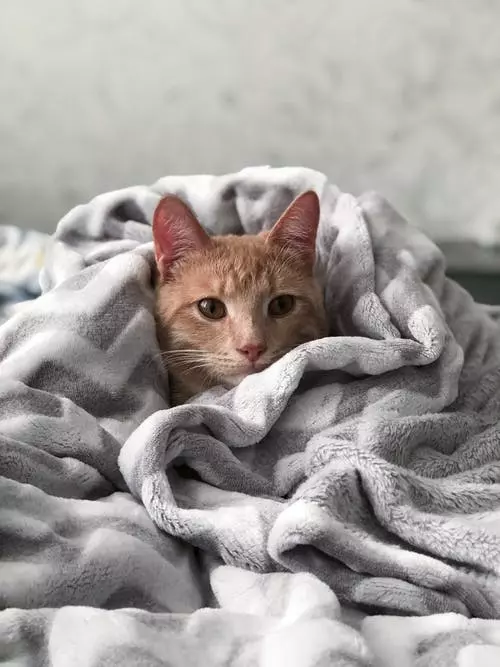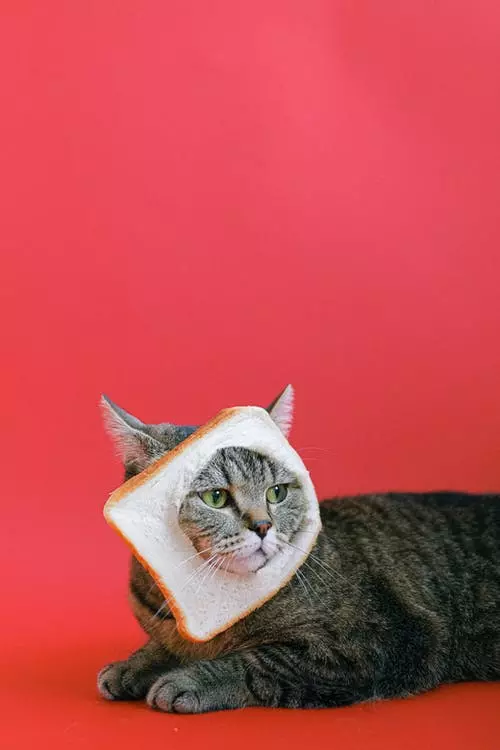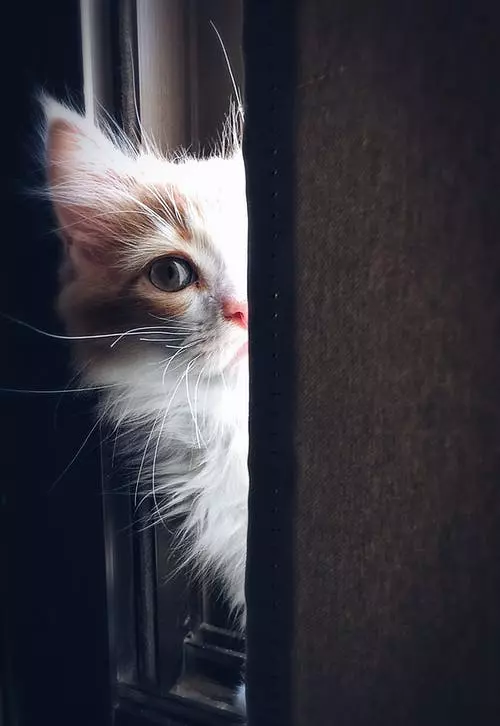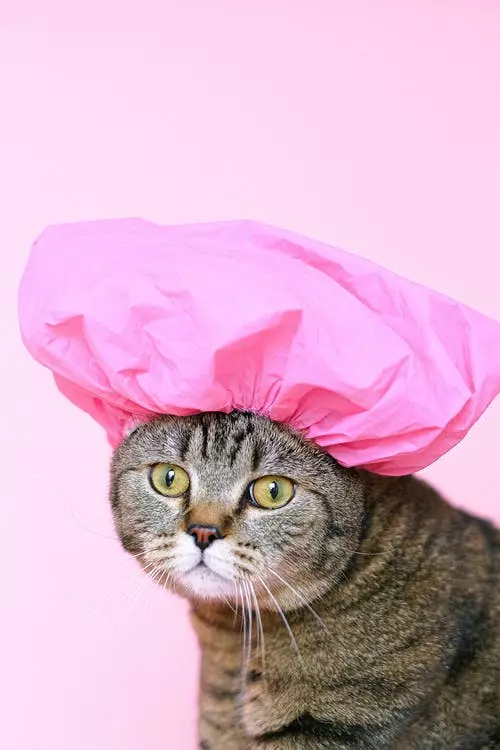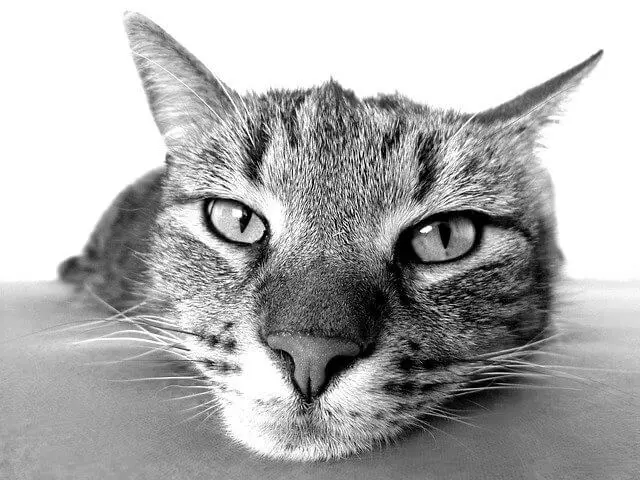Title: Understanding and Addressing Excessive Swatting at Moving Objects in Cats
Introduction:
Cats are natural hunters, and their instinct to chase and swat at moving objects is deeply ingrained. However, if your feline friend frequently exhibits excessive swatting behavior towards moving objects, it may indicate underlying issues that need attention. This article aims to shed light on the possible causes of this behavior and provide effective coping strategies. Additionally, we address some frequently asked questions regarding this common cat behavior.
1. Understanding Excessive Swatting Behavior:
Cats’ innate hunting instinct drives them to engage in play behavior. However, excessive swatting may go beyond normal play. Understanding the difference between normal play behavior and excessive swatting is important. This behavior can be triggered by shadows, light reflections, or flickering objects.
2. Identifying Potential Causes:
Excessive swatting behavior can have various underlying causes. Lack of mental or physical stimulation can lead cats to focus their energy on swatting at moving objects. Anxiety, stress, fear, underlying medical conditions, or traumatic experiences can also contribute to this behavior.
3. Coping Strategies for Excessive Swatting:
To address excessive swatting behavior, it’s essential to provide ample mental and physical stimulation for your cat. This can include interactive toys, puzzle feeders, and designated playtime. Creating a safe and enriched environment with scratching posts and vertical spaces can help redirect their energy. Gradual desensitization and counter-conditioning techniques can also be employed to help your cat become more comfortable with moving objects.
4. Frequently Asked Questions (FAQs):
Q1: Is it normal for cats to swat at moving objects?
Cats have a natural hunting behavior, and swatting at moving objects is a common expression of this instinct. However, excessive swatting can indicate underlying issues.
Q2: How can I determine if my cat’s swatting behavior is excessive?
The frequency and intensity of swatting, as well as the impact on daily life and interactions, can help determine if the behavior is excessive.
Q3: Can excessive swatting be harmful to my cat?
Excessive swatting can pose risks such as broken nails or dental issues. It can also be a sign of stress-related health problems that should be addressed.
Q4: What can I do to prevent excessive swatting in the first place?
Providing a stimulating environment with appropriate toys and scratching posts, engaging in regular playtime, and ensuring early socialization and positive experiences with moving objects can help prevent excessive swatting.
Q5: When should I seek professional help for my cat’s excessive swatting?
If the excessive swatting behavior persists or worsens despite intervention efforts, it is advisable to consult with a veterinarian or certified animal behaviorist for further guidance.
Conclusion:
Understanding the underlying causes of excessive swatting at moving objects in cats is crucial for effective management. By implementing appropriate coping strategies and seeking professional help when necessary, you can help your feline friend lead a happier and more balanced life, ensuring a harmonious bond between you and your beloved pet.

